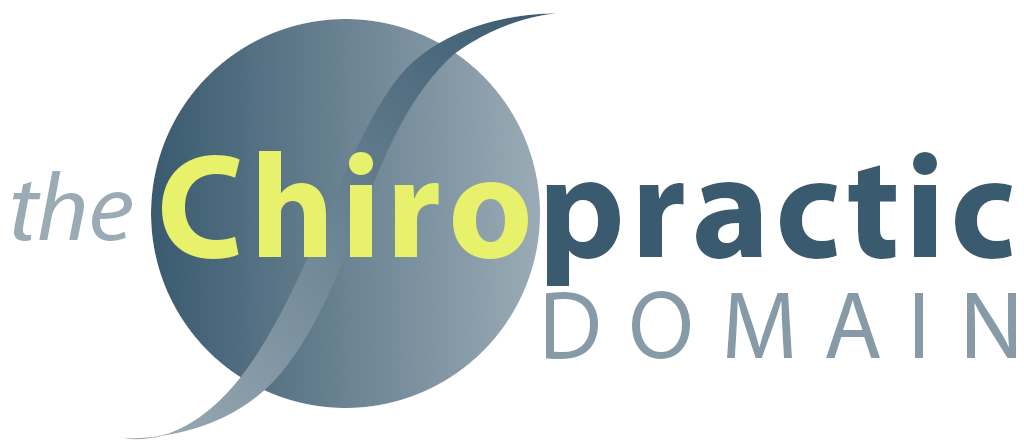Your Body’s Talking — Are You Listening at Work?
Most of us spend a huge part of our day working — but how often do we stop to check in with how our body feels while we do it?
This WorkSpace Week 2025, the Australian Chiropractors Association is encouraging everyone to “Work Well Everywhere” — because the way we work shapes how we feel, move, and live.
When we’re absorbed in what we do, it’s easy to forget the basics. The position of our screen, the tension in our neck, the way we sit or stand — all of these small details add up over time. And while that stiffness or dull ache might feel minor, it’s your body’s way of asking for change.
Read below or 🎥 Watch my short 60-second video, “Work Well Every Day,” for quick, practical ways to reset your body throughout the day.
Why It Matters:
Research shows that more than half of Australian workers experience low back pain, neck tension, mid-back pain, or headaches caused by the way they work.
That’s a big number — and it’s not limited to office workers. Tradies, healthcare workers, teachers, drivers — anyone who repeats the same movements or holds the same posture for long periods is at risk.
These issues often creep up quietly. A little ache becomes a habit, the habit becomes your new “normal,” and before you know it, it’s affecting your energy, focus, and even sleep. But the good news is, it doesn’t have to stay that way.
Three Simple Ways to Start Shifting:
1️⃣ Pause and reset
Every 30–45 minutes, check in with yourself. Are your shoulders tense? Is your jaw clenched? Are you leaning too far into your screen? A quick posture reset — shoulders down, eyes level, feet flat — makes a big difference.
2️⃣ Move often
Our bodies are designed for movement, not marathons of sitting. Stand up, stretch, walk to refill your water, take a few deep breaths. Even small micro-breaks help blood flow, ease muscle tension, and reset your brain for focus.
3️⃣ Listen to your body’s feedback
Pain isn’t the enemy — it’s information. When you start noticing early signals like stiffness, fatigue, or mild headaches, don’t ignore them. These are your body’s early “check engine” lights. The sooner you respond, the easier they are to correct.
Go a Little Deeper:
The key is awareness. You don’t need to overhaul your entire routine — just bring a bit of curiosity to how you feel as you work.
Think of it as tuning your workspace the same way you’d tune an instrument: small, regular adjustments keep everything running smoothly.
Good posture isn’t about standing like a statue. It’s dynamic — adapting to what you’re doing. The more variety and movement in your day, the less strain you place on any one part of your body. Over time, these mindful shifts protect your joints, improve circulation, and even boost mental clarity
